-
Posts
19,665 -
Joined
-
Days Won
1,560
Content Type
Forums
Detector Prospector Home
Detector Database
Downloads
Posts posted by Steve Herschbach
-
-
Poor JP, even a thread congratulating him on his new Minelab dealership turns into an argument. I having been a dealer for most of my life do not know whether to congratulate JP or send my sympathies. Ah heck, let's go with the positive. Congratulations JP on being without a doubt on day one the most knowledgeable Minelab dealer on the planet!
On a semi-related note Minelab has moved their headquarters from the Torrensville base of nineteen years to a new corporate headquarters along with Codan in Adelaide. http://www.minelab.com/usa/go-minelabbing/news?article=266745
-
 1
1
-
-
Well yes Tom, in the broad sense I have been saying that for years, and most recently at my VLF Detectors And Depth article.
Each machine has its finer points and there are differences. Obviously a Gold Bug 2 and an MXT are two VLF detectors with differing design goals and capabilities. You want always to have the right machine for the task. But when looking at the $600 - $800 single frequency VLF nugget detectors you are not going to see some sort of new magical performance suddenly appear and blow everything else away. If a person has capable detectors, and you do, then any lack of success at some point must be attributed to other factors. Simply replacing good machines with good machines changes nothing. It is far more important to be placing yourself in good locations, and thoroughly applying yourself to the machines you already have. Again, as long as they are appropriate to the task.
For somebody wanting to get into nugget detecting who has no detector and a $700 budget the Makro Gold Racer is worth a very serious look. It may in some cases let a person consolidate a couple existing models into a single unit instead. But at the end of the day it is just another good VLF prospecting detector, not something that automatically obsoletes everything else that came before. If that is what you are looking for, you need to keep on waiting.
If I seem cautious it is because even though I am one of the guys reporting on the Makro Gold Racer I just don't put a lot of store personally in reports from one or two people. For a machine to really prove itself it has to get out in the hands of a lot of people under widely varying conditions over time for that final thumbs up to happen. So while I am convinced that this is a very good detector for me personally it is just too soon to say how it will play out overall. Compared to the GMT and Gold Bug 2 this is a machine with a multitude of features that have never been attempted in a high frequency detector and for that reason alone I find the machine intriguing.
The machine is best used in its very stable and easy operating all metal mode. There should be no problem mastering this mode as it is a very well behaved machine in all metal, all while having the benefit of on screen target id. Most ferrous locks on hard at 20 or 21, and I mean locks on hard. Unreliable target id numbers should always be dug until you get more familiar with the machine. A real beauty of having target id is that unlike the GMT or Gold Bug 2 certain pesky items like 22 shell casings or many hot rocks can be identified and ignored if so desired.
Where the machine can be more challenging to operate is the discrimination modes due to its extremely hot high gain, high frequency design. In some areas it runs clean and smooth, but in most locations the disc modes can be rather chatty with transient blips, not unlike a Gold Bug 2 in iron disc mode cranked to the max in a trashy location. The trick is to learn the clipped sounds should be ignored while the fuller good signals should be investigated.
This really is a great detector in my opinion but it is a very high performance machine pushing to the limits, and so not exactly a beginners machine in that regard. All metal mode is easy to master, but the disc modes are more challenging than what one will encounter on lower frequency detectors. It is worth the effort however as this machine will do things that simply can't be done with a GMT or Gold Bug 2. I am using it now around town as a jewelry machine and it is a tot lot killer if there ever was one!-
 4
4
-
-
I have to admit to being pleasantly surprised by the quality of this report. It features a very informative narrative well illustrated with chosen photos. I highly recommend it is watched - good stuff. Thanks for posting beardog!
-
-
-
-
-
Just a set of photos of the FORS Gold+ and some accessories. For a field report for use relic hunting see http://www.detectorprospector.com/forum/topic/1414-dankowski-report-on-fors-gold-plus/ There are lots of posts on finding gold with the FORS Gold models at http://www.detectorprospector.com/forum/tags/forums/nokta%2Bfors%2Bgold/
-
 1
1
-
-
Final Part 4 at http://www.dankowskidetectors.com/discussions/read.php?2,95264,95593#msg-95593
"Direct (no handicaps given) head-to-head comparison to the unmasking flagship GMP in 'maximum validated/variables removed' fashion dictates that the FGP is within 3% of the 'unmasking capabilities' of the GMP...... as long as soil mineralization was low. There was one particular target that the GMP would absolutely NOT detect; yet, the FGP presented a 80% confidence of the presence of a non-ferrous target. The FGP was correct..... as a small ball of 14-Ga (solid core) copper wire was recovered at 6.5" depth...... in a carpet of square nails. There were a few targets that the GMP called 'non-ferrous'...... even to the point of correctly calling the conductivity of the non-ferrous target...... that the FGP could never see. In a nutshell; the FGP is less than 3% shy of the performance of the GMP......... both in real-world unmasking...... and real-world depth capabilities."
"Taking the FGP into medium-mineralized dirt (T2/F75 4-bar dirt)......... the FGP did not perform so well. A dime at 5" would start to break up...... whereby, the FGP would start to ID the dime as ferrous/non-ferrous about 50% of the time. The GMP would ascertain 7.6" with proper ID. Greater depths of the dime....... to approx. 9.8"....... and the GMP would ID the target as non-ferrous...... yet, not 'dime'; but (most importantly) not 'iron'."
If I was asked to sum up everything Tom reported it would be that the FORS Gold+ exhibits world class ability to pull non-ferrous targets out of dense ferrous trash. However, this also appears to be coupled with a decided weakness on high conductive targets like silver dimes in bad ground. Not very surprising for a machine on the high end of the mid frequency range but a bit disappointing. Part of this however is Tom is using a 9" round coil on the XP GMP versus the 5.5" x 10" DD on the FORS Gold+. When comparing coils for depth it is the coil width that counts more than the length so the FORS is in effect running a smaller coil. The main question I would have is how the FORS Gold+ would compare for depth on a silver dime compared to a 19 kHz Gold Bug Pro or F19. Now that the F19 is finally available in gold and black I may have to find out. Ultimately though we are talking about a detector designed first and foremost for gold prospecting for any issues it may have with detecting coins are secondary. Anyone that was to ask me about detecting both gold nuggets and coins well, I would aim at the Nokta FORS CoRe instead.
Check out the Nokta FORS Gold+ Photo Tour
More details and gold finds with Nokta FORS Gold+ at http://www.detectorprospector.com/forum/tags/forums/nokta%2Bfors%2Bgold/
-
I thought they were not shipping to to customers until January?
All I can say about the coil issue is as far as I have ever heard anywhere on any forum it is only the injection molded coils that have had issues and the 15" is not one of those coils. I have not had problems with mine. That does not mean nobody else will not of course. I am not trying to convince anyone otherwise. My goal on any of these information threads is simply to pass on things I know about and I have exhausted my knowledge and educated guesses on that subject.
-
So, which to get, the Fors Gold + or the Macro Gold Racer? Has anybody done a features/performance comparison yet? Wonder if I should sell my MXT and GB2 now?
Why would you do that Tom? They won't find gold for you any better than what you have.
-
Well, go back up two posts to http://www.detectorprospector.com/forum/topic/1387-detailed-review-of-makro-gold-racer-by-steve-herschbach/?p=16809 and read my theory. Keep in mind I do not work for the company and do not represent them or sell their products.
Are you aware of any issues with the large coil design that I am unaware of?
-
No. What is going on is that Makro and Nokta are sister companies. The FORS models came first and all the coil shells were old fashioned vacuum formed, turn a shell upside down, lay in the wires, and pour in epoxy. Similar to the old Gold Bug 2 6" coil.
These days most of the big manufacturers are switching to injection molded coils. The new Gold Bug 2 coils, for instance, are now injection molded. Vacuum formed coil shells are being phased out.
There was not a problem with the original FORS coils with ear breakage. When the original Racer came out, it featured an injection molded coil. The first 10" X 5" was created for the Racer first and is injection molded and then also released for the FORS models. These are the coils that had the problems. In my opinion it was not just the ear thickness but a brittle plastic mix that caused issues with the early Racer injection molded coils. The response appears to be both a better grade of plastic plus thicker ears.
The 15" coil being the older style vacuum formed shell coil never had the ear breakage issue. There is not a problem there to fix. Frankly, I like the old coils, like the little OOR 4.7" X 5.2", the 15", and the original 11" X 7" FORS coils. But the fact is they are being phased out and replaced with injection molded coils. As of now though the 15" coil is not injection molded. -
-
-
Many people commented on the original Racer that they thought the angle of the handle was too severe, leading to hand/arm strain. I did not really notice it so much on the Racer because I did not really put that many hours on it but using the prototype Gold Racers it was more obvious. The angle has been softened considerably and the grip has also been changed. It feels a lot better to my hand now but I have smaller hands. S rods people like or dislike and nothing fits all hands perfectly, but this is an improvement in my opinion. Others will no doubt say a step backwards!
-
 1
1
-
-
Pinpoint mode is like on most any coin type detector and is most useful in the disc modes - squeeze the trigger and the machine goes into a non-motion mode. Most experienced detectorists get so good at eyeballing targets they do not need a pinpoint mode but it can be an aid to beginners especially. In disc modes going to pinpoint also allows for easy "sizing" of the target.
Available is just their way of saying the machine has the feature.
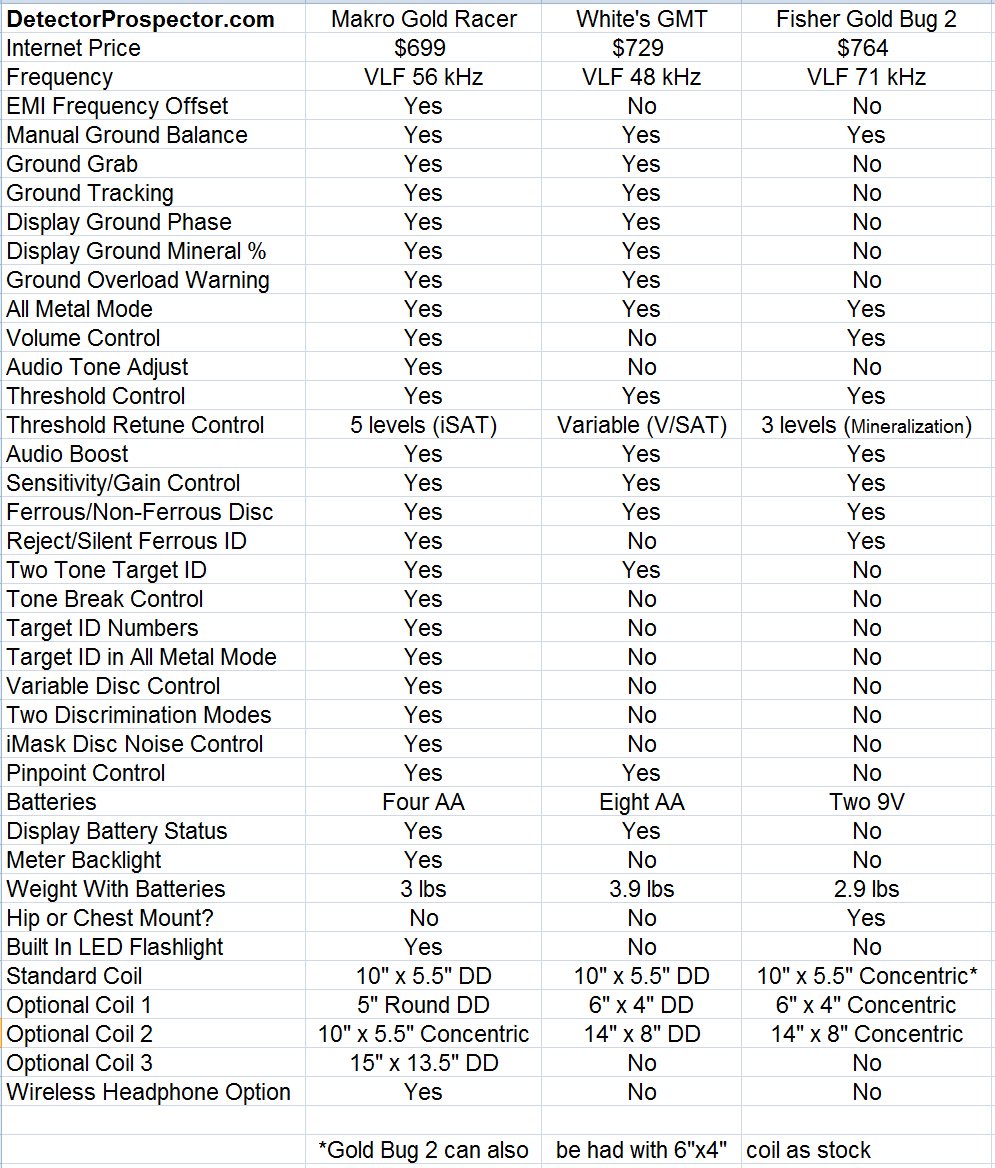
-
-
The 10" x 5.5" DD coil has been redesigned and is identical to what recently started shipping with the FORS Gold+
The coil ears have been beefed up tremendously compared to the original Racer, with more material on the inner and outer surfaces visible in the closeup below. Reinforcement has been added around the cable entry point also.
-
 1
1
-
-
-
PACKAGE CONTENTS
Standard Package - MSRP: $699
GR26 - DD Search Coil - 26cm x 14cm (10'' x 5.5")
Headphones
4 x AA Alkaline Batteries
Pro Package - MSRP: $899
GR26 - DD Search Coil - 26cm x 14cm (10'' x 5.5")
GR13 - DD Search Coil - 13cm (5")
Headphones
AC & Car Charger, 4 x AA Rechargeable Batteries
Carrying Bag
Rain Covers
Extra Lower Shaft
OPTIONAL SEARCH COILS AND ACCESSORIES
GR40 - DD Search Coil - 40cm x 33.5cm (15.5'' x 13'')
GR26C - Concentric Search Coil - 26cm x 14cm (10'' x 5.5")
2.4 GHz Wireless Headphones and Dongle
Makro Gold Racer Full Color Brochure
-
 1
1
-
-
Steve Oziexplorer & Ozi 3D you`ll find will compete with the glossy market driven apps, even outdo them by allowing you to use a map of your choice such as geo maps downloaded digitally or simply scanned in and georeferenced.
No doubt, but as you may be figuring out I like learning about and using ALL the toys! It is not about what works for me but what might work for anybody under some circumstances in some place.
-
 1
1
-
-
Possible answer to your question Keith at http://www.detectorprospector.com/forum/topic/1164-drones/
-
I have nugget hunted areas that in retrospect may have been mild enough for Coin/Relic, but I am afraid I just kind of gave up on trying it very early on. Which illustrates well the bad habits one can fall into after awhile of not experimenting enough. Good info, thanks guys.


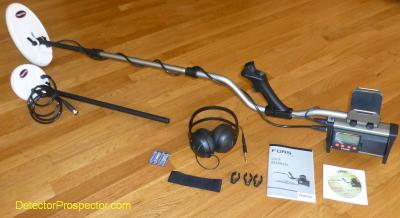
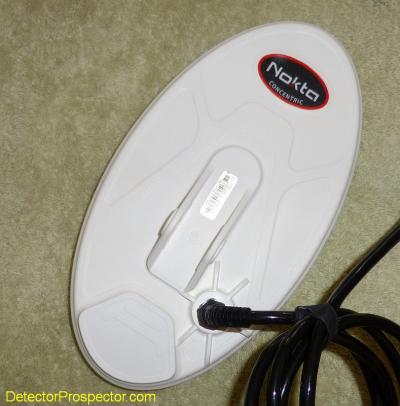
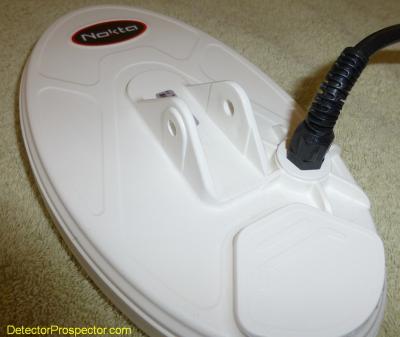
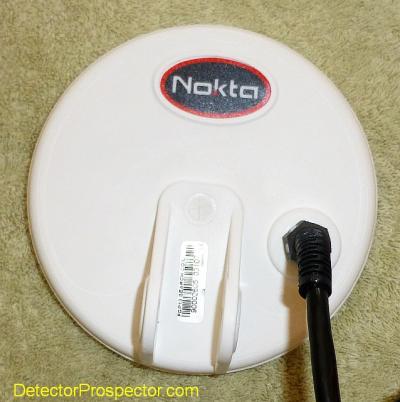
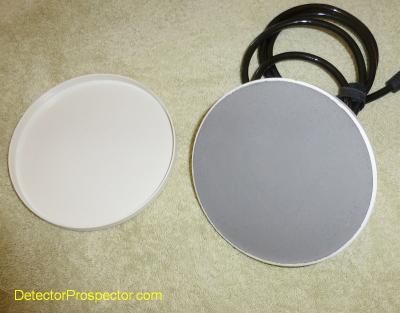
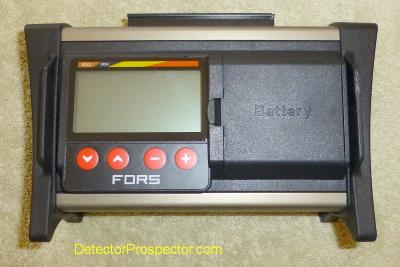
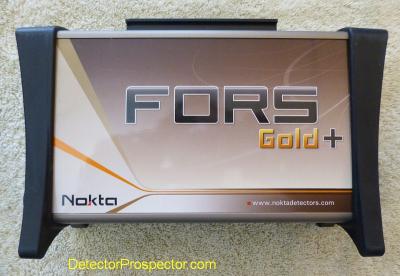
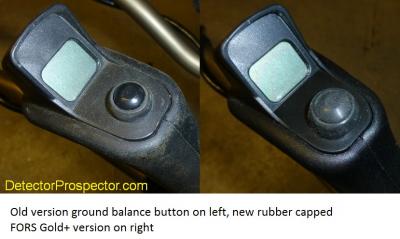
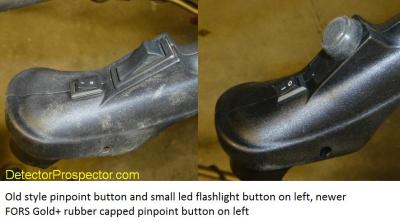
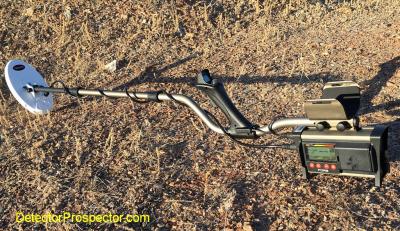
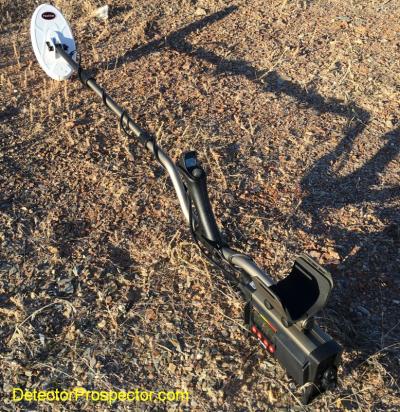
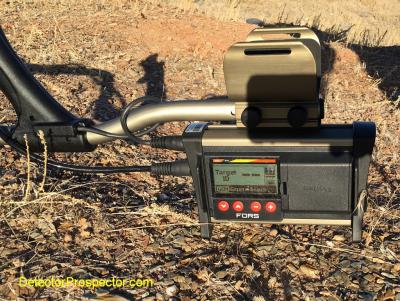
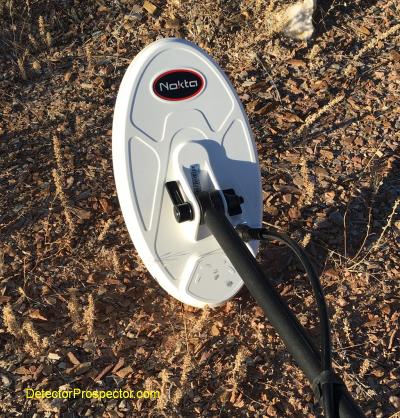
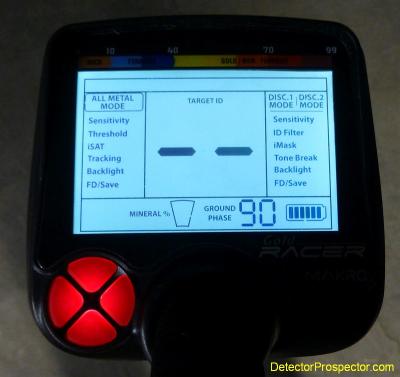
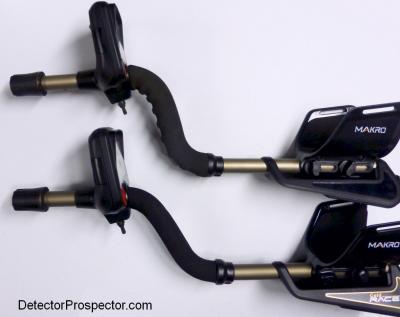
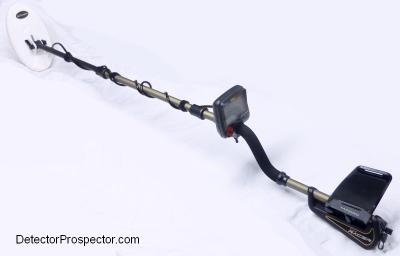
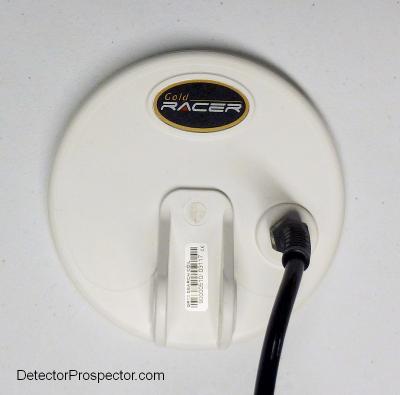
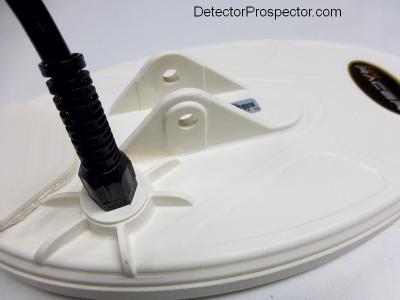
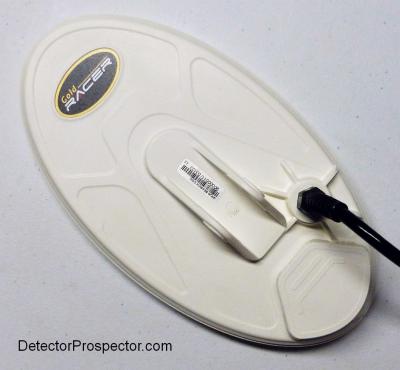
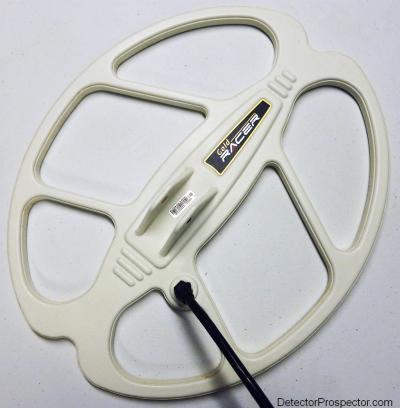
Steve's Insanely Hot GPZ 7000 Settings
in Minelab Metal Detectors
Posted
Welcome to the forum Pete,
I have never considered my poor hearing to be an impediment as regards metal detecting for exactly the reason you bring up. If I hear the threshold, then I am hearing all I need to hear. It is variations in the threshold that matter, and ever people with poor hearing can hear changes in sound - once they have the sound set to where they can hear it! It may actually help me by mellowing things for me that others might find nerve wracking. Long story short is I do not normally wear my hearing aids while prospecting. Good thing to mention, thanks.